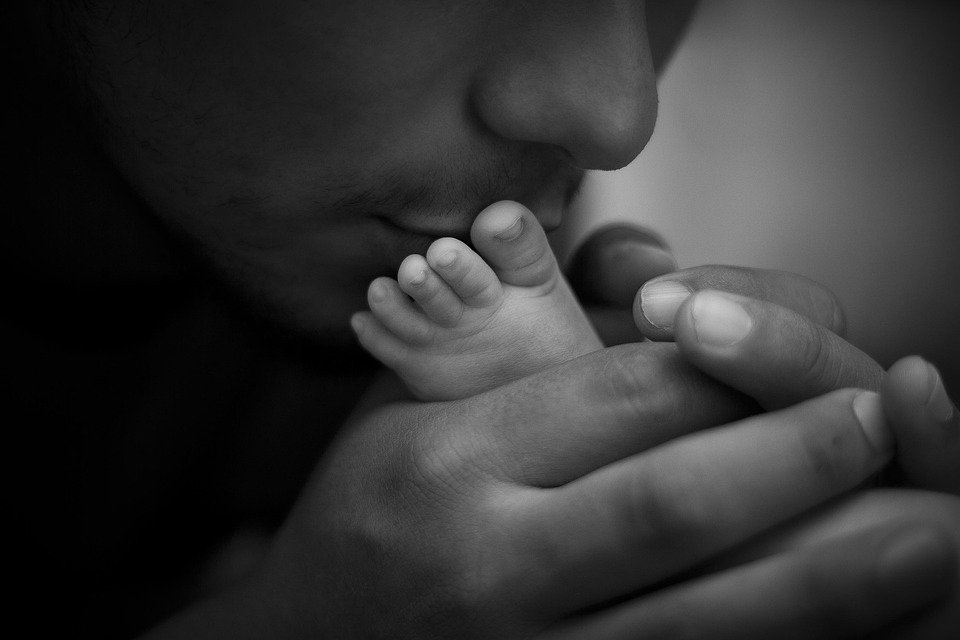Dear Moms,
If you are reading this article, chances are you have heard the term “craniosynostosis” in relation to your child, and you are looking for information and support. As a mother myself, I understand the fear and confusion that can come with a medical diagnosis for your little one. That’s why I want to provide you with a comprehensive guide to craniosynostosis, covering everything from symptoms and diagnosis to treatment and support.
Understanding Craniosynostosis
Craniosynostosis is a condition in which the bones in an infant’s skull fuse together too early, before the brain has fully grown. This can lead to an abnormal head shape and, in some cases, increased pressure on the brain. The condition can be present at birth or develop within the first few months of life.
Signs and Symptoms
As a mom, you are likely the first to notice any changes in your child’s development. Some signs of craniosynostosis include:
- Abnormal head shape
- Visible or palpable ridge on the skull
- Delayed development milestones
- Headache
- Seizures
Diagnosis and Treatment
If you notice any of these symptoms in your child, it is essential to seek medical attention. A doctor will conduct a physical exam and may order imaging tests such as a CT scan or MRI to confirm the diagnosis. Treatment for craniosynostosis typically involves surgery to reshape the skull and relieve pressure on the brain. While the idea of surgery can be daunting, rest assured that advancements in medical technology have made the procedure safe and effective.
Support and Resources
It’s okay to feel overwhelmed and scared by your child’s diagnosis. As a mother, it is crucial to seek support for yourself as well. There are numerous resources available to help you navigate this journey, including support groups, online forums, and informational websites. Connecting with other parents who have been through similar experiences can provide comfort and valuable insights.
In Conclusion
Dear moms, I want you to know that you are not alone in this journey. Craniosynostosis can be a scary and uncertain diagnosis, but with the right support and information, you can navigate it with strength and grace. Remember to take care of yourself, seek support, and trust in the medical professionals who are dedicated to helping your child. You are a resilient and loving mother, and you have the strength to face whatever comes your way.
Frequently Asked Questions
Is craniosynostosis a common condition?
Craniosynostosis occurs in approximately 1 in every 2,500 live births, making it a relatively rare condition.
Can craniosynostosis be detected during pregnancy?
In some cases, craniosynostosis can be detected during a prenatal ultrasound, but it is more commonly diagnosed after birth or in the first few months of life.
What should I expect after my child’s surgery?
Recovery from craniosynostosis surgery is typically smooth, and most children experience significant improvement in head shape and development milestones.
Are there long-term effects of craniosynostosis?
With timely diagnosis and appropriate treatment, most children with craniosynostosis go on to lead healthy, normal lives without long-term effects.
[ad_2]
















コメント